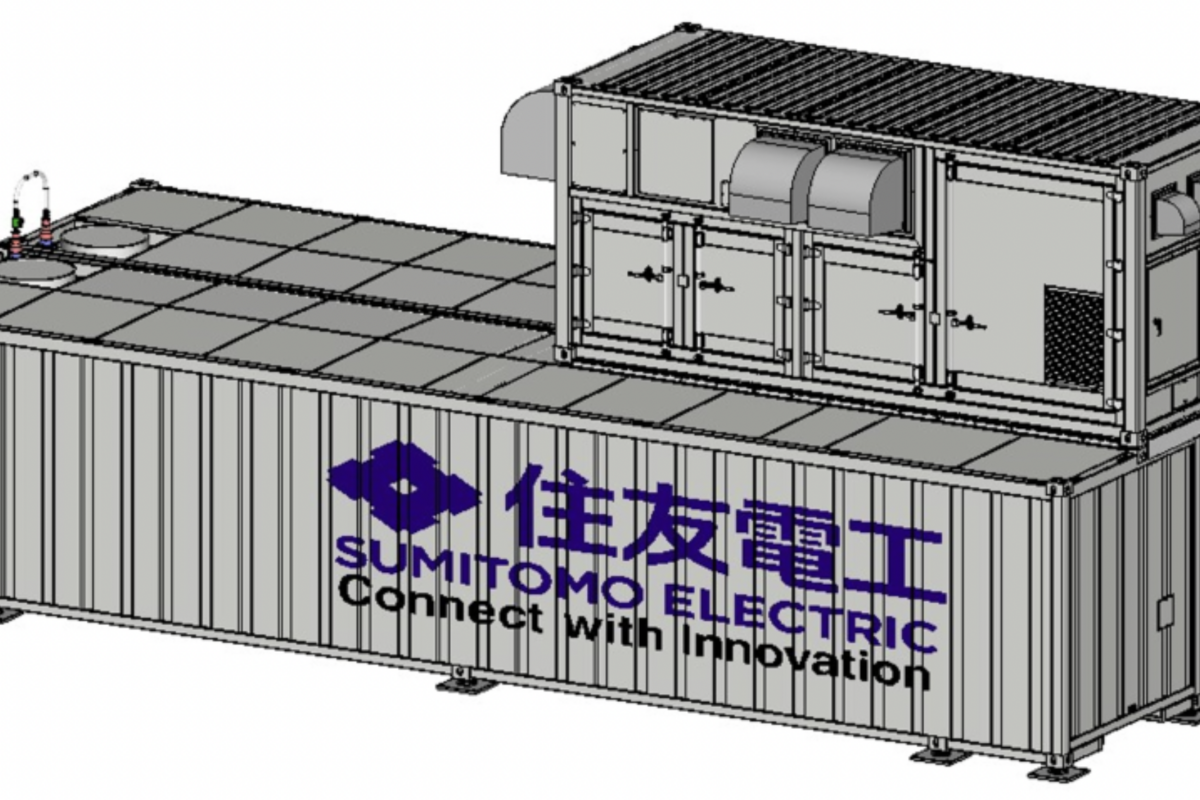A European research team led by Germany's Forschungszentrum Jülich has developed a 24%-efficient crystalline silicon solar cell with a highly transparent passivating contact based on silicon carbide.
The passivating contact was made with a silicon-oxide tunnel layer followed by two layers of hydrogenated nanocrystalline silicon carbide (nc-SiC:H(n)), deposited at different temperatures, and a sputtered indium tin oxide (ITO) layer. The researchers explained that, prior to their research, nc-SiC:H(n) layers used as passivating contacts had issues in featuring high transparency, good conductivity and at the same time offering enough hydrogenation for passivation.
They claimed that this problem was solved by using exclusively low-temperature processes and a thin, wet-chemically-grown silicon dioxide (SiO2) tunnel oxide, and hot-wire chemical vapor deposition (HWCVD). A double layer stack of nc-SiC:H(n) was deposited with low and high-filament temperatures to tackle the trade-off between passivation and conductivity.
Compared to conventional processes, this manufacturing technique is said to work without any high-temperature recrystallization, hydrogenation or firing steps. “Another reason for the high passivation quality is that the SiO2 layer is working as a protection layer against the hostile deposition conditions during the HWCVD process,” the research group emphasized. “The SiO2 prevents interface damage and simultaneously reduces the dangling bond density at the crystalline silicon surface.”
An anti-reflective coating was also placed on the device and it achieved a certified efficiency of 23.99%, an open-circuit voltage of 725 mV, a short-circuit current density of 40.87 mA cm−2, and a fill factor of 80.9%. “In view of the short research history, we see scope for further improvements beyond the present efficiency of 24%, to a practical efficiency of 25%,” the scientists stated. “Numerical simulations predict an efficiency of 26% by improving fill factor and open-circuit voltage via optimizing the silicon heterojunction contact at the rear side and introducing a frontier metallization approach such as copper plating.”
The cell and the transparent passivating contacts are presented in the paper A silicon carbide-based highly transparent passivating contact for crystalline silicon solar cells approaching efficiencies of 24%, published in nature energy.
Other participants in the project included researchers from the Delft University of Technology and the Eindhoven University of Technology, in the Netherlands, as well as from the Novosibirsk State University, in Russia.
This content is protected by copyright and may not be reused. If you want to cooperate with us and would like to reuse some of our content, please contact: editors@pv-magazine.com.




By submitting this form you agree to pv magazine using your data for the purposes of publishing your comment.
Your personal data will only be disclosed or otherwise transmitted to third parties for the purposes of spam filtering or if this is necessary for technical maintenance of the website. Any other transfer to third parties will not take place unless this is justified on the basis of applicable data protection regulations or if pv magazine is legally obliged to do so.
You may revoke this consent at any time with effect for the future, in which case your personal data will be deleted immediately. Otherwise, your data will be deleted if pv magazine has processed your request or the purpose of data storage is fulfilled.
Further information on data privacy can be found in our Data Protection Policy.